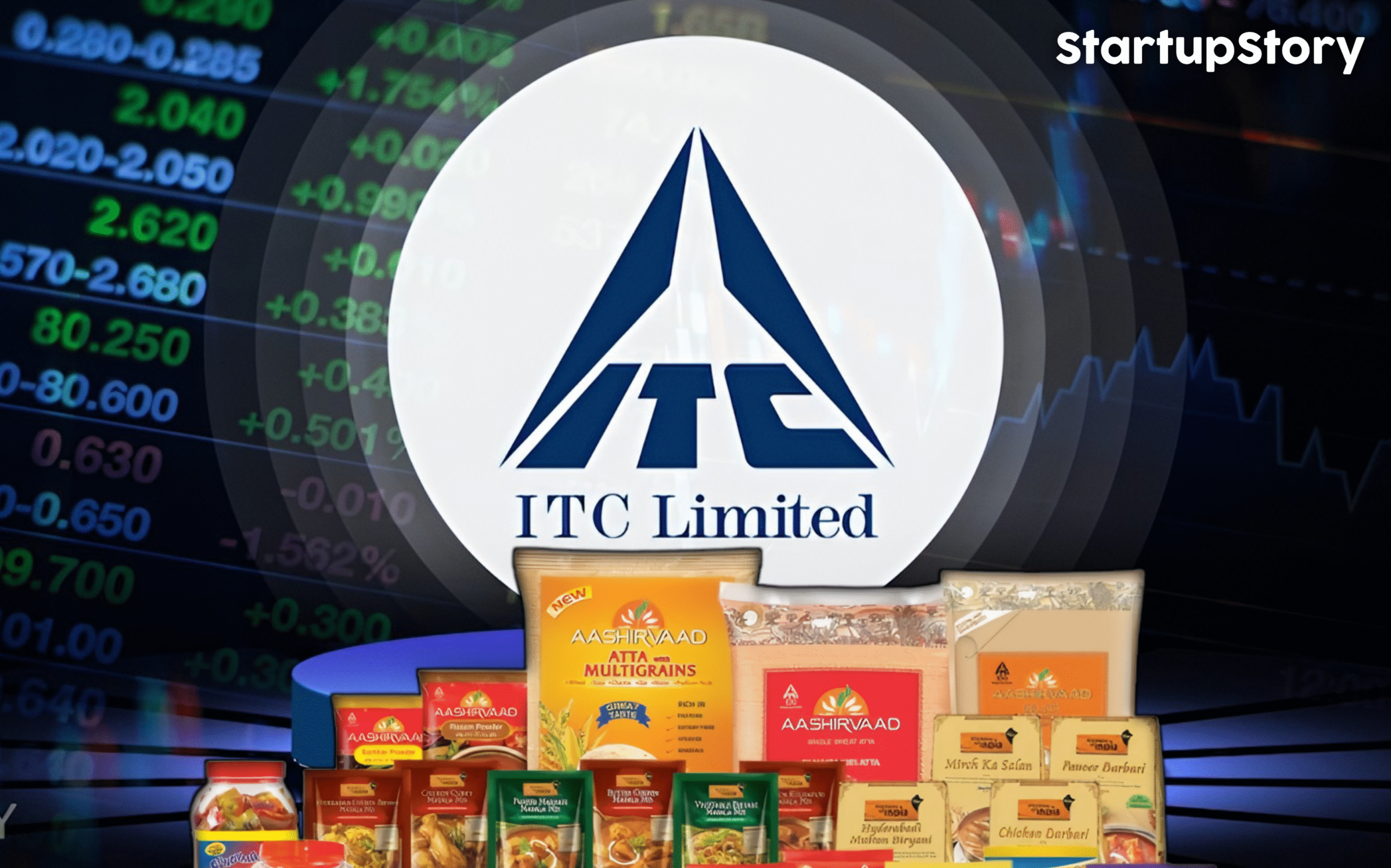
ITC today reported that consumer expenditure on its non‑cigarette FMCG brands reached over ₹34,000 crore in the financial year ending March 2025, marking a 4.6% growth compared to FY 2024.
Business scale & household reach:
- The company’s FMCG portfolio includes over 25 home‑grown brands spanning packaged foods, personal care, education & stationery, Agarbattis, and matches.
- These brands now reach more than 260 million Indian households, up from around 250 million last year .
Revenue & margins:
- FMCG segment reported revenue of ₹21,981.6 crore, with an EBITDA of ₹2,163.9 crore.
- This marks a moderation from prior years: consumer spend grew ~12.1% in FY 2024 and ~20.8% in FY 2023.
Market environment & margins pressure:
- ITC noted that rural demand has remained resilient, while urban consumer growth softened, largely due to inflation dampening household savings.
- Key input costs – edible oil, wheat, maida, potato, cocoa – surged in the latter half of the year, squeezing margins. However, the company managed this through cost‑controls, strategic pricing, and premiumisation efforts.
Digital & modern trade:
- Digitally enabled sales and modern trade channels now account for 31% of FMCG business.
New product launches:
- Over 100 new products were introduced in FY 2025, covering categories like health & nutrition, hygiene, protection & care, convenience, and indulgence. These products were developed using ITC’s Life Sciences & Technology Centre (LSTC) and agile teams.
Business‑unit performance:
- Packaged food gross sales reached around ₹18,270 crore, up 6% year‑on‑year.
- Other FMCG segments (stationery, personal care, matches, agarbattis) saw a slight decline (~0.9%) to approximately ₹3,705 crore.
Outlook:
- ITC expects gradual pick‑up in consumption, led by robust rural demand courtesy of a good monsoon, and easing inflation plus possible tax‑led disposable income gains in urban areas.
- However, this 4.6% growth marks its slowest FMCG consumer‑spend growth in over a decade, contrasting sharply with earlier double‑digit expansion rates.




